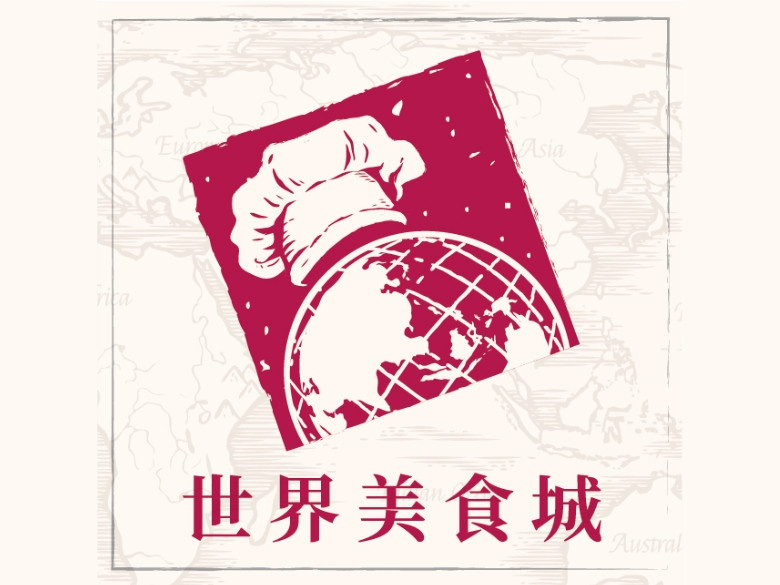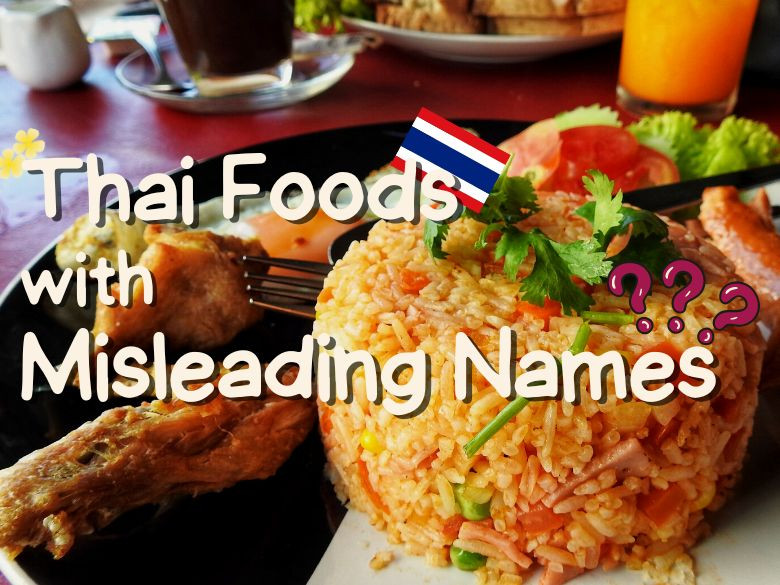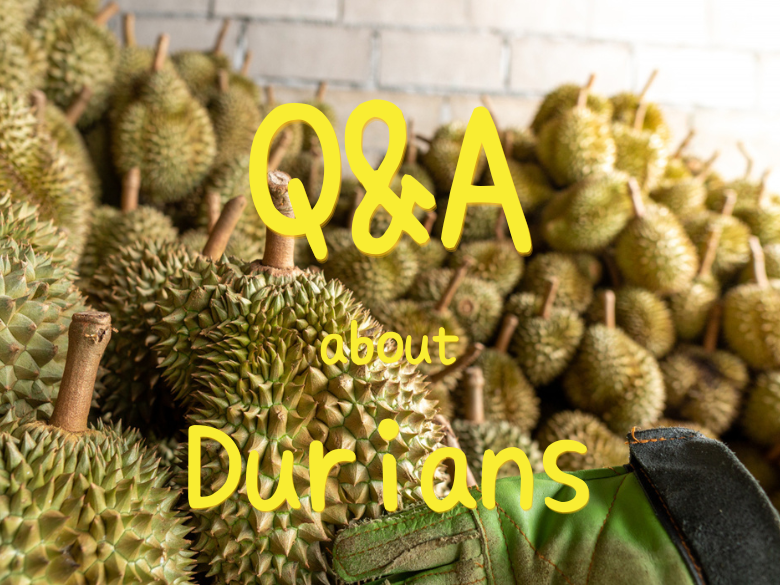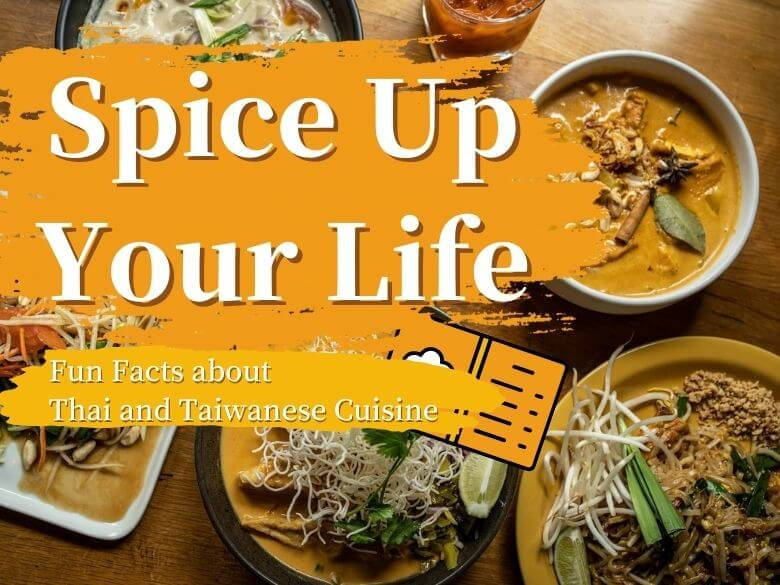Colorful Thai Cuisine: What Makes Thai Food Have Striking Colors?
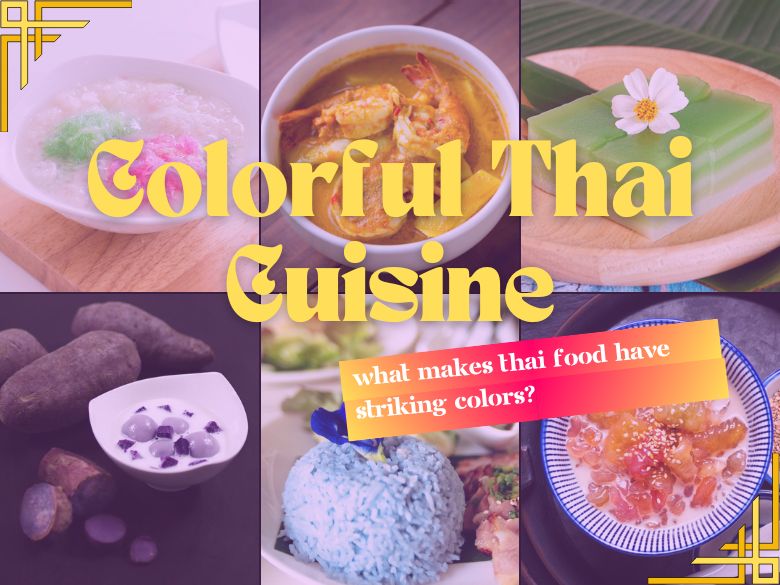
For a better presentation, food products nowadays tend to contain various artificial food dyes. This concerns many consumers, for they’re not sure if food dyes will bring bad influences to the body in the long term. However, in Thailand, many foods use natural ingredients for food coloring. So today, we’re introducing the most commonly used dye ingredients that make Thai food look so appetizing!
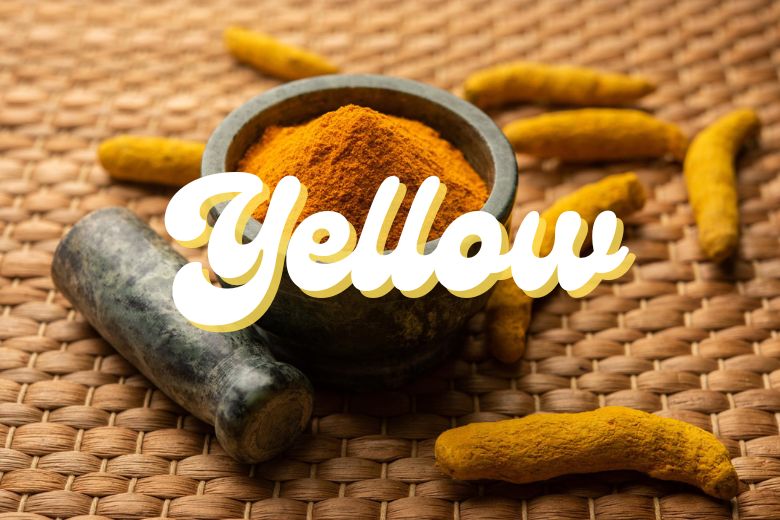
Turmeric: Besides for seasoning, turmeric is usually used as a dye. An iota of it could dye the food dark yellow. Turmeric is cheap and accessible. Moreover, it brings several positive influences to the body such as improving digestion and easing abdominal bloating. It also effectively prevents inflammation as well as cardiovascular diseases. To extract dye out from turmeric, firstly, you peel the turmeric. Smash it and grind it into powder. After you soak it in water, filter the yellowish liquid. You can mix the final product with other ingredients for dyeing. The common dishes with turmeric for food coloring include: turmeric chicken rice, turmeric sticky rice, Southern Thai yellow curry, and others.
Pumpkin: Compared to turmeric, the procedure of making dye out of pumpkin is rather easy: steam the pumpkin until it becomes soft. Pound the pumpkin to a mash that can be mixed with other ingredients. Mashed pumpkin is usually combined with flour to make various desserts, which only changes their colors but not their shapes.
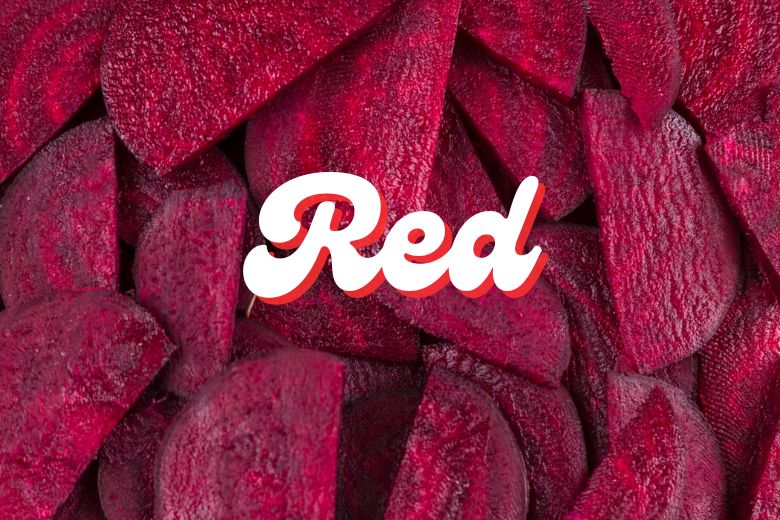
Beetroot: The hue could be varied based on the amount of the dye. A large portion of beetroot dye will result in dark red while a small portion pink. Beetroot is highly nutritious. It is rich in vitamin C and folate, both of which are beneficial for cardiovascular conditions. They can reduce blood pressure, prevent inflammation, and increase blood circulation. Usually, beetroot is used for making tangyuan, steamed layered cake, coconut sweet noodles (sarim; ซ่าหริ่ม), and other foods.
Roselle: Due to its dark hue, roselle is used for fabric dyeing. It’s also a common ingredient in food coloring for food like roselle jam or tapioca coconut worms (krongkrang nam kati; ครองแครงน้ำกะทิ). Unlike other ingredients for coloring, the dye must be extracted from roselle by cooking. Luckily, the process isn’t complicated: firstly, put roselle flower petals into water and heat the water to a boil. Boil until the water turns red, and you’ll get the dye after filtering the juice. Roselle is beneficial for reducing cholesterol and blood sugar. It is also good for your liver.
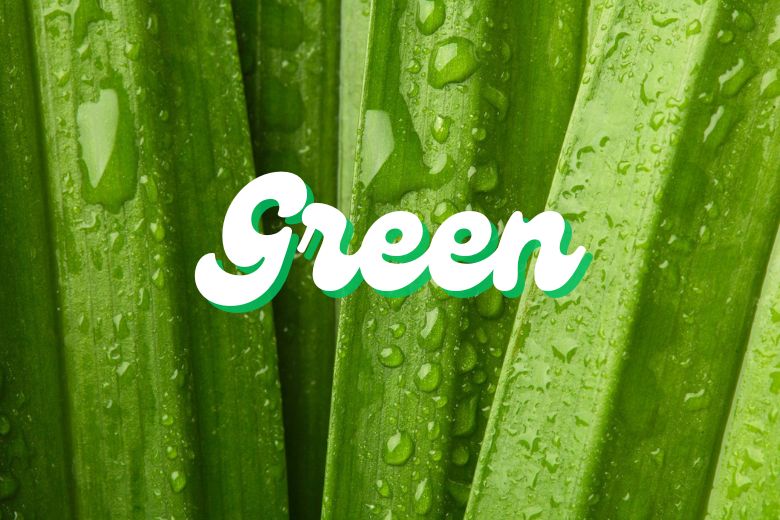
Pandan leaf: In Thailand, pandan leaf is one of the most common plants for food coloring. It creates a beautiful green color and provides fragrance as a bonus. You might have seen some Thai desserts in green colors. Most of them contain the hue of pandan leaves, including pandan sticky rice, layered cake, fa gao (Chinese fortune cake), little pandan pancakes, and kaya toast. As for the making of the dye, first, dice pandan leaves into small pieces and ground them. Mix the paste with water and squeeze out the green liquid with a cloth. Voila, the dye for food coloring is done! Pandan leaf can effectively reduce blood sugar and blood pressure. It is good for your heart and able to prevent cold, abdominal bloating, thirst, or other discomforts.
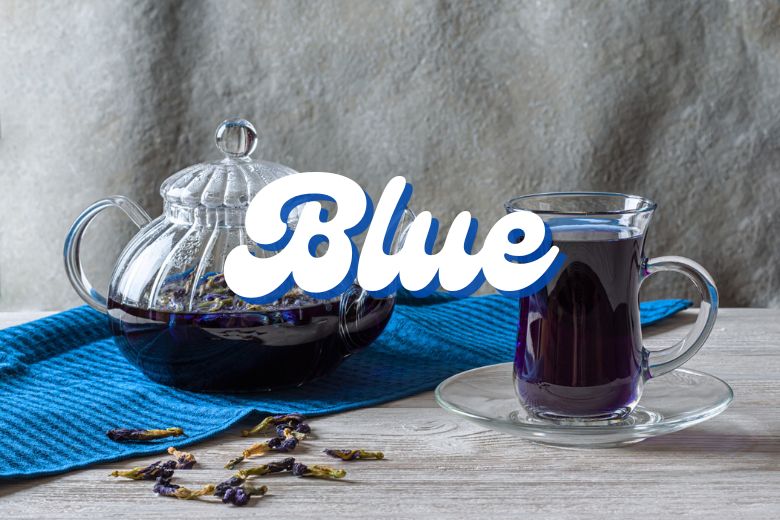
Butterfly pea flower: this ingredient can dye food either blue or purple. Both sweet and savory dishes can use butterfly pea flower for coloring. The applied dishes include layered cake, tang yuan (Chinese rice dumpling), cendol, butterfly pea flower rice, and other food. Put some water on the patels and mix until the liquid turns blue. As you filter the liquid, you can use it as a dye. If you add lemon juice to the dye, it will turn purple. The cause of the color change is a plant pigment contained in the flower: anthocyanidin. It usually functions as an acid-base indicator, for it turns purple when mixed with acid and teal base. Butterfly pea flower helps improve blood circulation and is good for the eyes. What’s more, it prevents vascular sclerosis, strok, and thorumbus.
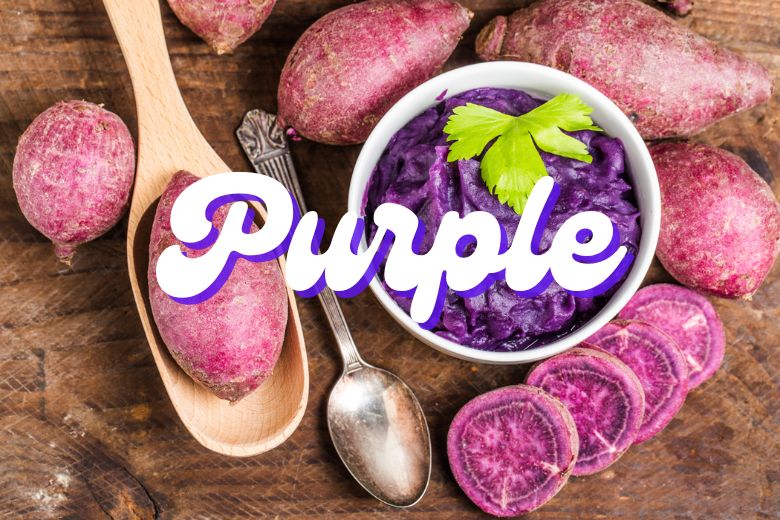
Purple yam: as previously mentioned, you can make purple dye out of butterfly pea flower juice with lemon. Purple pigment can also be extracted from red dragon fruit, purple yam, taro yam, black sticky rice, and others. Among those ingredients, purple yam is the most common one. The pigment is made of mashed steamed purple yam without peel. The advantage of using purple yamat as the ingredient is not only that the dye has the natural hue of yam, but also provides its unique smell. Food containing the dye include: yam balls, tang yuan, purple yam bread, etc. Unlike other types of yam, purple yam can prevent heart disease, cancer, diabetes.
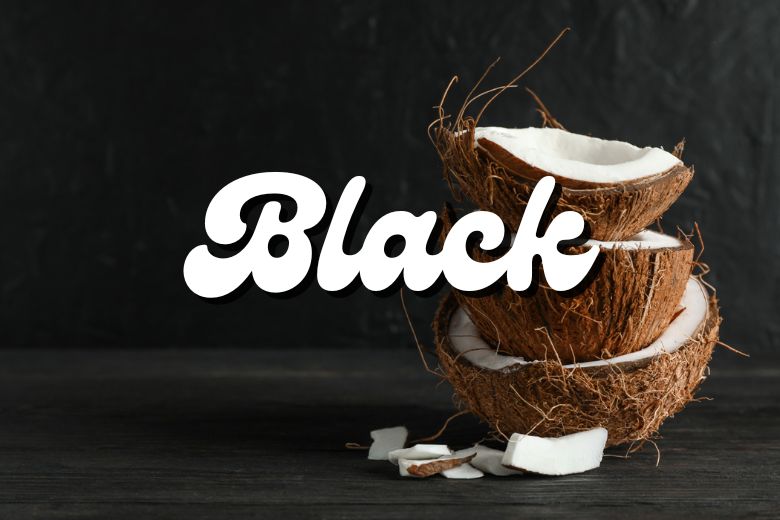
Coconut charcoal: In Thailand’s tradition, people extract black pigment from charcoals, which are coconut shells before burning. Another easier method would be extracting from black beans. Here’s how to make coconut charcoal: roast the coconut shells until they turn black. After grounding the burnt shells, add some water and filter the mixture. Usually, coconut charcoal is used for making diamond-shaped pandan rice cake (kanom piak poon; ขนมเปียกปูน. Though it’s called “diamond-shaped”, there are also water drop-shaped ones.) Desserts with this ingredient would have a coconut flavor.
Eat Colorful. Eat Healthy.
Thai dishes, in most cases, feature similar distinct flavors, and the reason behind it is that they use the same natural ingredients as pigment. Natural hues, made of vegetables, fruits, or spices of all kinds, not only function as an enhancer of coloring and flavor, but also improve health conditions due to their nutritional values. Next time when you visit Thailand, feel free to try those colorful foods! Maybe you’ll find your hidden gems.

